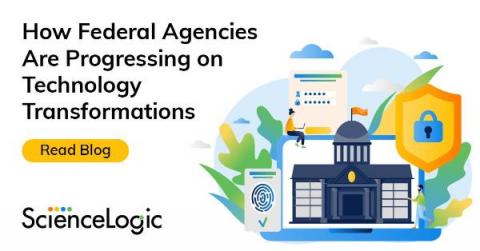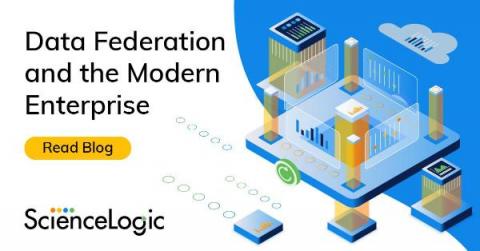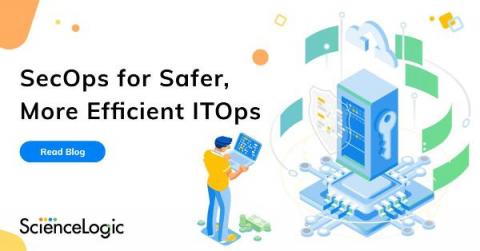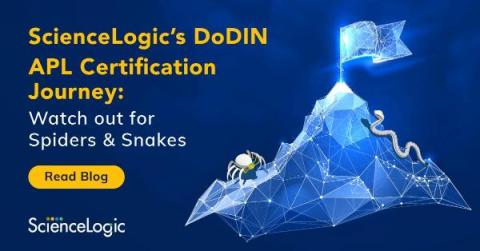Operations | Monitoring | ITSM | DevOps | Cloud
Latest Posts
Modernizing Government Technology: How Federal Agencies Are Progressing on Technology Transformations
When the U.S. Congress passed the Modernizing Government Technology Act (MGT) of 2017 as part of the 2018 National Defense Authorization Act, it established both funding and a process intended to help bring aging federal IT systems and infrastructure up-to-date with state-of-the-art technologies common in the private sector. According to the legislation, the goals of MGT are to.
How MSP Content+Cloud Turned a Cost Reduction Mandate into New Revenue Generation
As today’s IT infrastructure becomes more complex, a continued reliance on legacy systems can become costly as IT operations get bogged down in inefficiencies and hampered by unreliability.
Data Federation and the Modern Enterprise
In our increasingly hyper-connected, data-dependent world, it can be difficult to keep track of where resources are, how to access them, and how to put data assets to work to run a more efficient and reliable enterprise. Traditional approaches to IT operations analytics are becoming outmoded as the sources and types of data grow more mobile, ephemeral, diverse and distributed.
AIOps and Digital Transformation Predictions for 2022
Chestnuts roasting on an open fire. Jack Frost turning noses blue. Yuletide carols being sung by a choir, and folks predicting twenty twenty-two.
Simplifying Your Agency's Digital Transformation with AIOps
Government agencies face challenges in moving forward with digital transformation. IT infrastructures are complex, and making sense out of massive amounts of disparate data is a struggle.
SecOps for Safer, More Efficient ITOps
When the Nobel Prize for physics was announced in October 2021, one of the winners was Italian theoretical physicist Giorgio Parisi, whose groundbreaking research helped decode complex physical systems, opening the door for breakthroughs in mathematics, science, and artificial intelligence. Decoding complex physical systems? If the science thing didn’t work out, Parisi could have pursued a career in security operations.
Designing and Migrating to a Service-Centric Management Model with ScienceLogic
As enterprises begin to migrate away from device-centric management to a service-centric model of IT operations, it is vital that IT operations and management (ITOM) leaders start by addressing the need for comprehensive visibility across their IT infrastructure. Gaining a contextual view of your full-stack service topology, based on real-time collection of data, is necessary to keep pace with the speed of change inherent with today’s dynamic and fast-paced business environment.
ScienceLogic's DoDIN APL Certification Journey: Watch out for Spiders & Snakes
This is the fourth and final in a series of ScienceLogic blogs on the topic of the Department of Defense Information Network (DoDIN), including what it is, what it means to be approved under DoDIN standards, why it is important to both our federal and private industry customers, and the process for being approved for listing.
3 IT Workflow Automation Use Cases to Turbocharge Your Business
According to a recent survey by Gartner, business leaders anticipate a return to growth for their enterprises and industries in 2022, and a big part of their investment plans involve digital transformation. In fact, 20% of CEOs cited digital transformation as a priority for strategic investment. That is a significant shift from 2012 when Gartner found that only 2% of CEOs surveyed had made digital transformation a priority.











